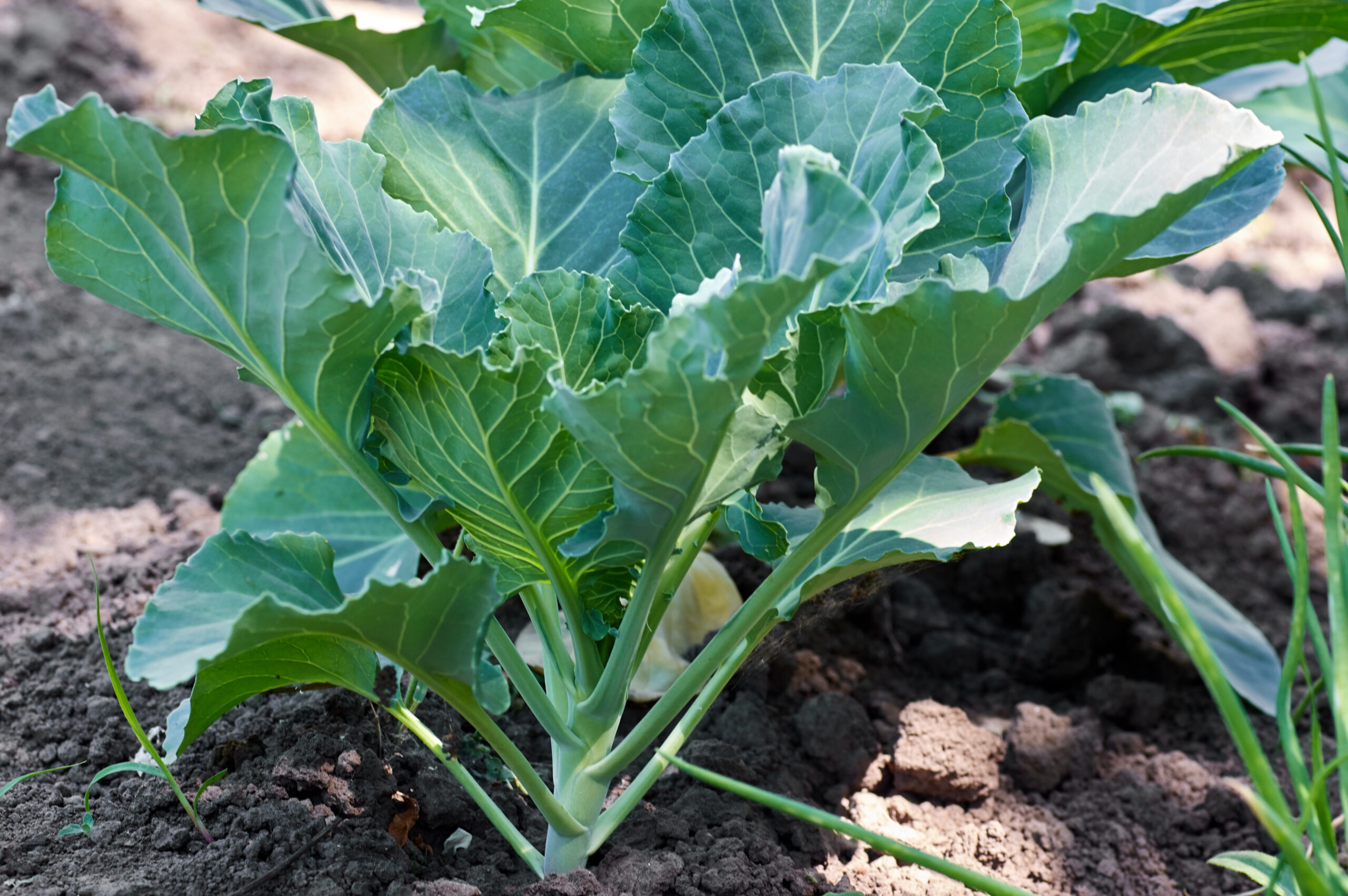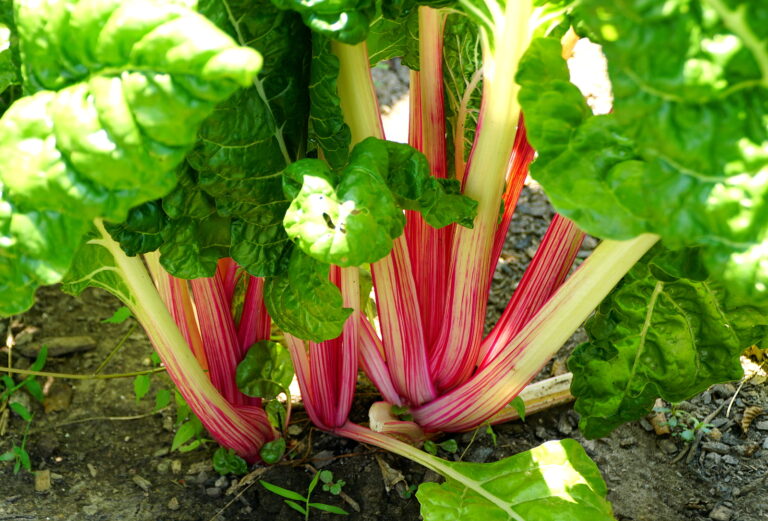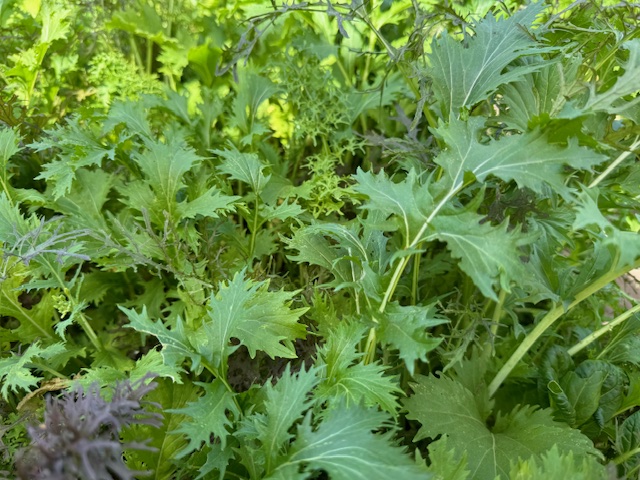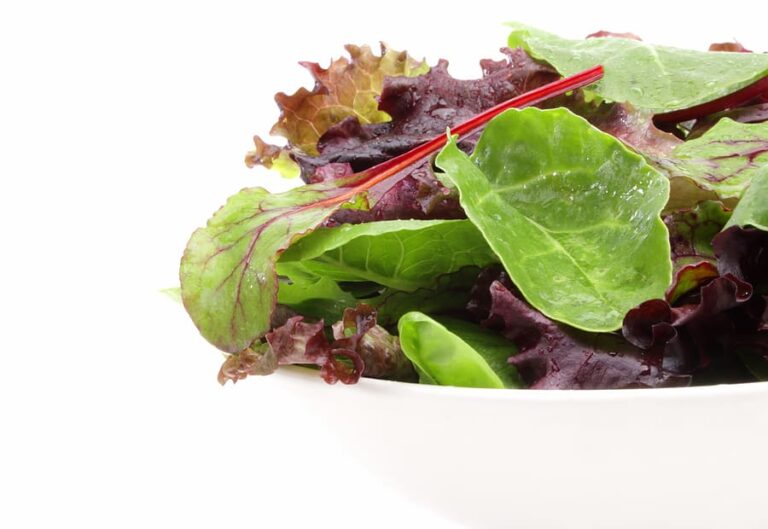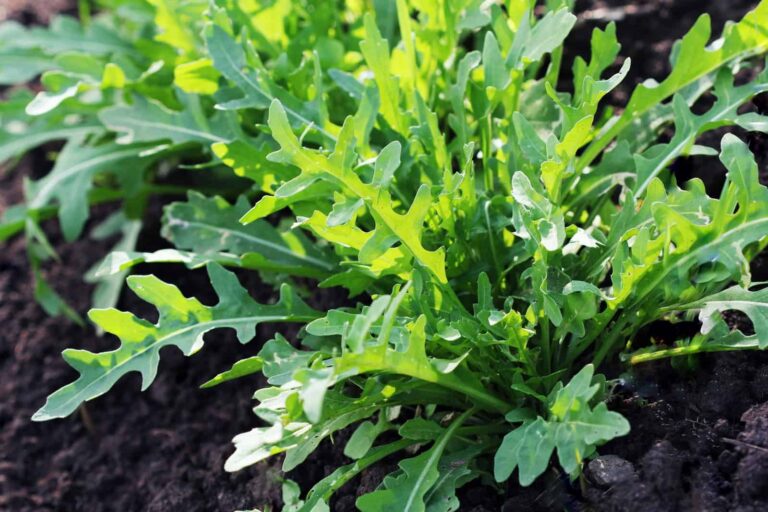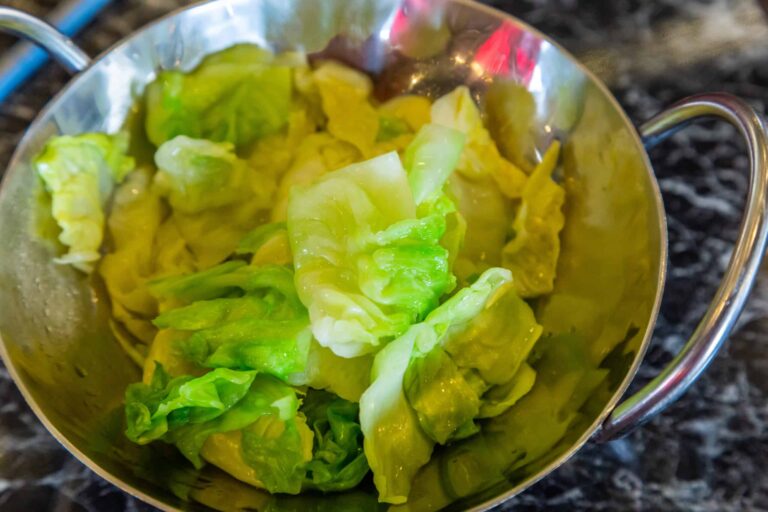When to Plant Collard Greens: Best Seasons for Success
Timing is everything when it comes to collard greens. In more than 30 years of growing collards in both California’s Central Valley and Sonoma Valley, I’ve learned that planting at the right season makes the difference between tough, bitter leaves and tender, flavorful harvests. Collards are cool-season crops, and knowing when to start them is the first step toward success.
Collards as a Cool-Season Crop
Collards thrive in cool weather, producing their sweetest leaves when daytime temperatures range from 55°F to 75°F (13°C to 24°C). Unlike heat-loving vegetables, collards can handle light frost, which actually improves leaf flavor.
From experience, my fall-planted collards have always produced longer harvests and sweeter greens than spring plantings, especially in areas with hot summers.
Best Planting Times by Season
- Spring Planting: Sow seeds 4 to 6 weeks before the last expected frost date. Transplant seedlings once soil reaches 50°F (10°C). In my garden, early spring collards are great for a quick crop, but they tend to bolt once summer heat arrives.
- Fall Planting: Sow seeds in mid-to-late summer for a fall harvest. In my Sonoma Valley beds, I start seeds in late July, transplant in August, and enjoy greens from October well into winter. Fall collards are less prone to pests like aphids and cabbage worms, which decline as temperatures cool.
- Winter Planting (Mild Climates): In zones 8–10, collards can be planted in late fall or even mid-winter. I’ve grown collards year-round by protecting plants with row covers during occasional cold snaps.
Regional Planting Tips
- Northern regions: Focus on spring and fall planting to avoid summer heat.
- Southern regions: Plant in fall for the longest, most productive season.
- Mild coastal regions: Enjoy nearly year-round planting with some frost protection.
My Experience
The best time to plant collard greens depends on your climate, but the rule of thumb is simple: grow them when it’s cool. By aligning planting with seasonal temperatures, you’ll ensure steady growth, fewer pests, and harvests of crisp, sweet greens that outshine supermarket bunches.
Collard Greens Planting Calendar by USDA Zone
| USDA Zone | Spring Planting | Fall Planting | Winter Planting (if possible) |
|---|---|---|---|
| Zones 3–5 | Start indoors 6–8 weeks before last frost; transplant outdoors after soil warms to 50°F | Sow outdoors mid-July to early August | Not suitable |
| Zones 6–7 | Direct sow or transplant 4–6 weeks before last frost | Sow outdoors mid-July to late August | Rarely possible |
| Zones 8–9 | Plant in late winter to early spring (Feb–Mar) | Sow outdoors Aug–Sept | Plant in late fall for winter harvest |
| Zone 10+ | Plant in late winter or very early spring | Sow late Sept–Nov | Plant nearly year-round with shade in summer |
Quick Tip from Experience: In my Sonoma Valley Zone 9b garden, fall-planted collards consistently outperform spring plantings. They grow sweeter, face fewer pests, and often keep producing through winter with only light frost protection.

